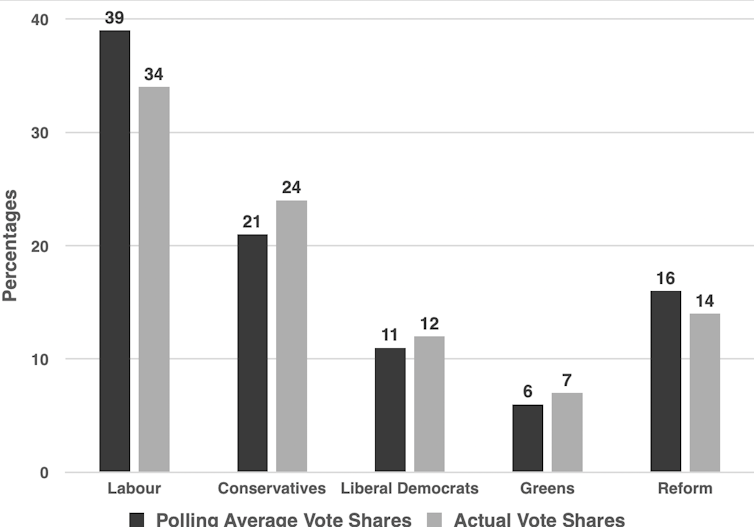
Sen. Ron Wyden, D-Ore., Thursday introduced a bill to abolish the military draft. He said the all-volunteer military has eliminated the need for "the same draft that sent two million unwilling young men to war 50 years ago." Wyden's bill, co-sponsored by Sen. Rand Paul, R-K.Y., would repeal the Selective Service Act. File
Aug. 2 (UPI) -- A bipartisan Senate bill to abolish the Selective Service military draft was introduced Thursday by Sens. Ron Wyden, D-Ore., and Sen. Rand Paul, R-Ky.
"The Selective Service is a long-outdated program that eats up millions of taxpayer dollars and gives us nothing in return," Wyden said in a statement. "Our volunteer military forces are the strongest in the world, and there simply isn't a need to replicate the same draft that sent two million unwilling young men to war 50 years ago."
Advertisement
Wyden said this is a commonsense bill that saves taxpayer money. It would repeal the Selective Service Act.
Sen. Paul said in a statement, "It has been over 50 years since the draft was last used. I've long stated that if a war is worth fighting, Congress will vote to declare it and people will volunteer. This outdated government program no longer serves a purpose and should be eliminated permanently."
Selective Service has a budget of over $31 million a year, but there has been no military draft since 1973. An all-volunteer force has been used since then.
Advertisement
Among the groups endorsing the bill to abolish the Selective Service are Center on Conscience and War, World Beyond War, RootsAction.org, Military Law Task Force of the National Lawyers Guild, Resisters.info, Friends Committee on National Legislation, Antiwar.com, International Peace Research Association, American Friends Service Committee, Mennonite Central Committee U.S., War Resisters League, Fellowship of Reconciliation, and Committee Opposed to Militarism and the Draft.
More than 1.8 million American men were drafted during the Vietnam War, with the final draft call coming Dec. 7, 1972.
According to the Disabled American Veterans, 17,671 U.S. draftees were killed in the Vietnam War. That was a little over 30% of the total U.S. military deaths of 58,220 in Vietnam.
According to the Selective Service System, draft registration was suspended April 1, 1975. Draft registration resumed in July 1980 for men born in 1960 and later. Men are required to register for the draft within 30 days of their 18th birthday.
In 2020 a national commission recommended requiring women to register with the government for a military draft. All combat roles were opened to women by the Defesne Department in 2015.
A federal judge ruled in 2019 that a men-only military draft was unconstitutional. It came in a case brought by a men's rights advocacy group called National Coalition for Men.
Advertisement
In 2016, President Obama and the Pentagon announced their support for a universal requirement to register women as well as men for the selective service draft.
The Senate approved a bill in June 2016 that would have required women to register, but the House stripped it out.















